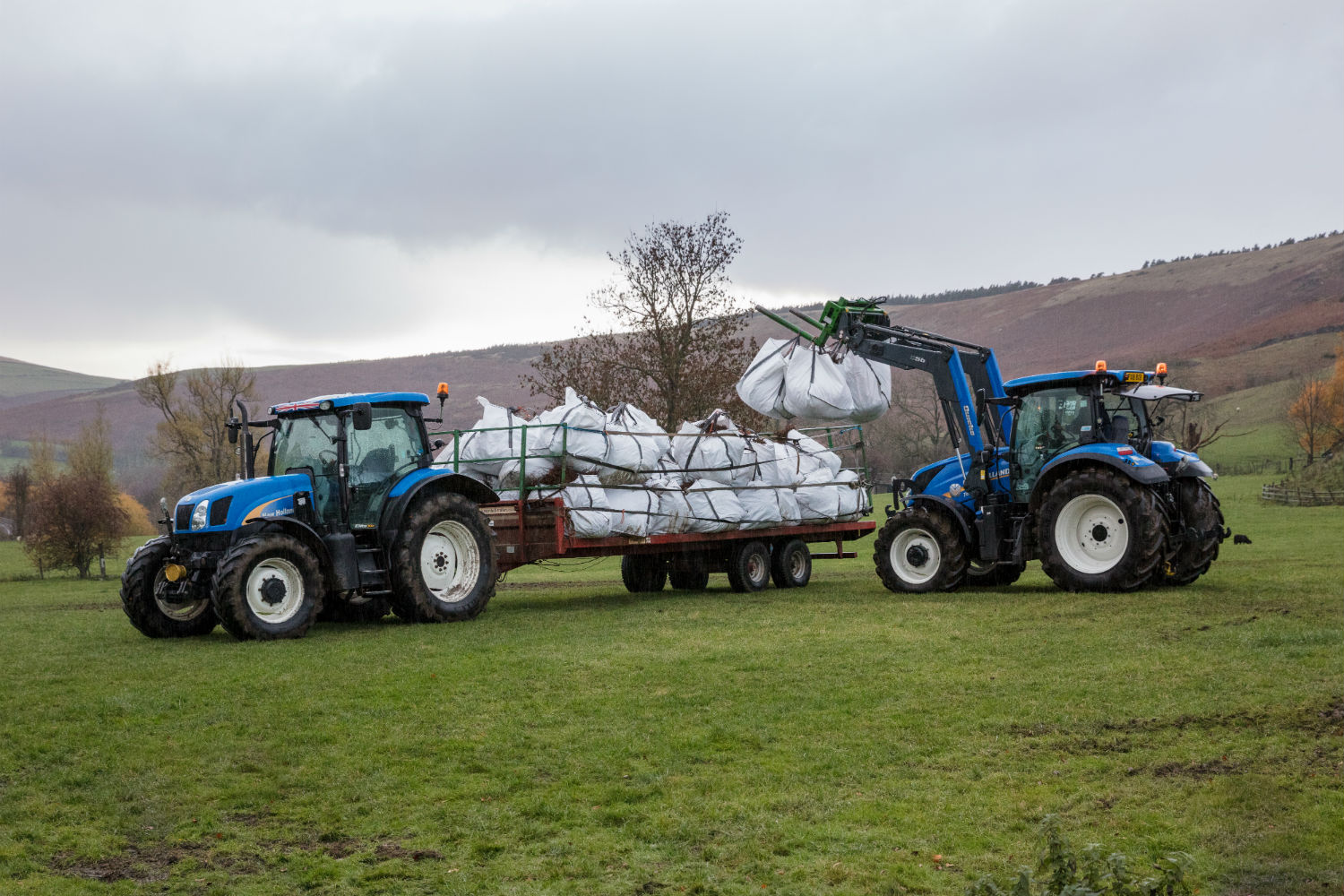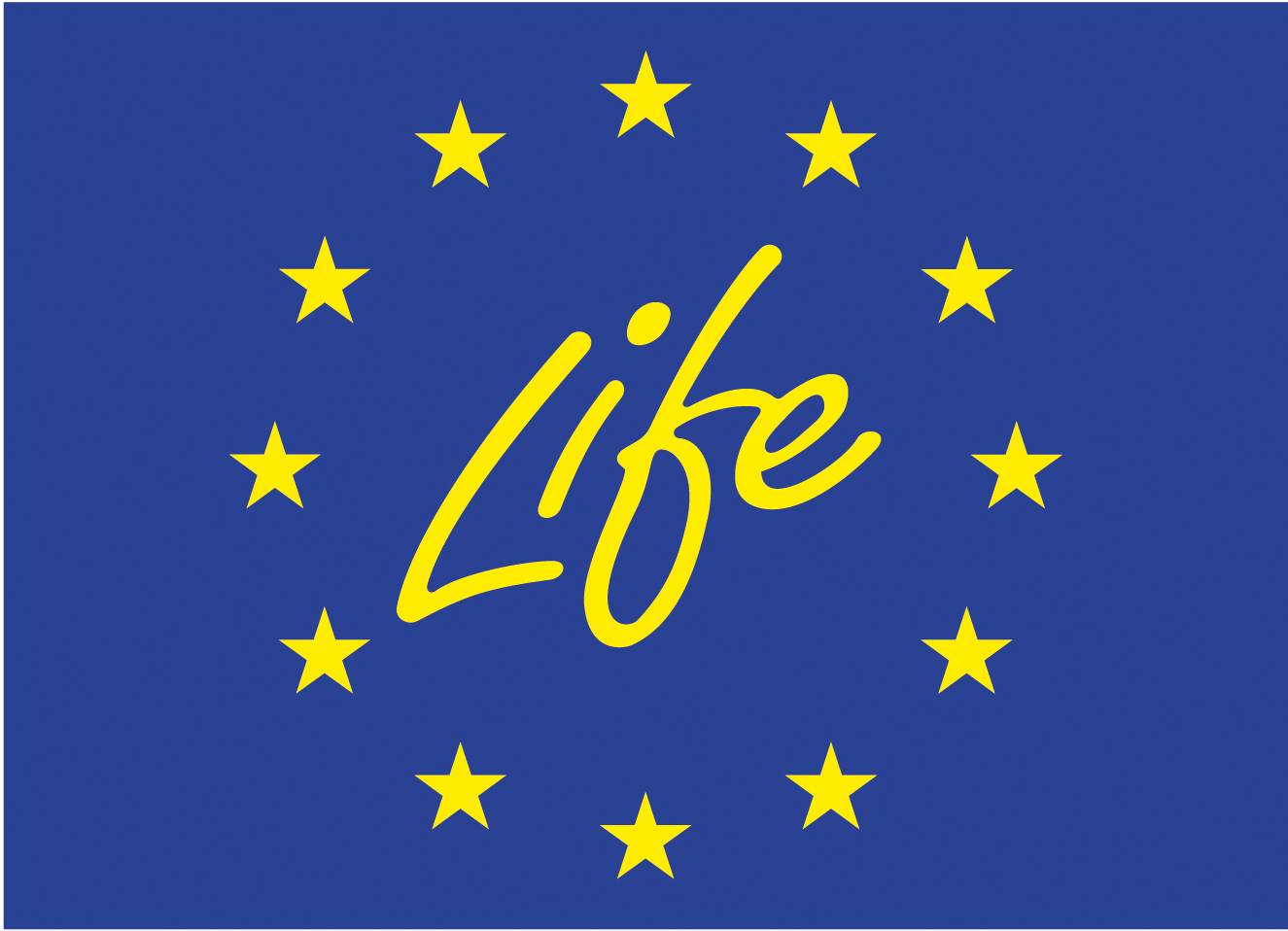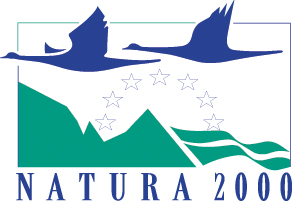
Carbon audit
As part of the MoorLIFE 2020 project, we have undertaken a carbon audit to measure the amount of greenhouse gas the project prevents being lost, as well as how much it emits.
Quantifying the carbon cost of our work
Peatlands form the largest store of terrestrial carbon in the UK, so it is important to understand what impact our work has on this. As part of our MoorLIFE project (2010-2015) our carbon audit showed that we prevented loss of 37 times as much greenhouse gas as we emitted. Our MoorLIFE 2020 carbon audit is building upon this evidence.
Our restoration work, which includes work under MoorLIFE 2020, reduces the amount of carbon lost through a number of processes including erosion of bare peat. This is particularly important as bare peat has the potential to lose more than 500 tonnes of carbon per square kilometre, per year. Our work seeks to reduce, halt, and ultimately in the long term reverse carbon loss by stabilising bare peat.
Our annual carbon audit includes emissions from staff commutes, electricity usage in the office energy usage, and conservation works including transporting materials by helicopter and includes operations by our project partners, the National Trust, Pennine Prospects and the RSPB. Other greenhouse gases such as methane are included and are converted into their carbon equivalent (CO2e) using data provided by Defra. This ensures that all relevant greenhouse gas emissions have been taken into account.
We are monitoring these greenhouse gas emissions by auditing how much carbon we contribute to the environment. This allows us to identify which activities contribute most to our overall emissions, allowing us to put measures in place to reduce these emissions where applicable.
This audit built upon a similar review back in 2015 following our original MoorLIFE project; an innovation at the time, it was the first audit to monitor carbon emissions from peatland restoration. The audit revealed that the CO2 emissions produced by our work to protect 25 square kilometres of Peak District and South Pennine moorland were 37 times lower than the amount of CO2 emissions that were lost annually from the areas of bare peat one year after restoration is completed, with these benefits continuing to occur per year.
MoorLIFE 2020 Carbon Audit update report 2021
MoorLIFE 2020 Carbon Audit update report 2016 (includes methodology)
Case Studies:
Case Study 1: Creating a positive carbon impact through moorland restoration
Case Study 2 (Summary Case Study): A case study estimating the amount of carbon released from The Roaches wildfire in 2018
Case Study 2 (Full report): A report into the estimated amount of carbon released from the wildfire on The Roaches in August 2018
Case study 3 A report into the estimated amount of carbon released from the wildfire on Marsden Moor in April 2019

Roaches wildfire 2018 carbon case study (shorter read)
Case study estimating the amount of carbon released from a wildfire at The Roaches in 2018
Roaches wildfire 2018 carbon report (longer read)
A report into the estimated amount of carbon released as a result of the wildfire that occurred on the Roaches in August 2018.
Carbon Audit update report | MoorLIFE 2020 | 2021
We are monitoring the carbon footprint of the MoorLIFE 2020 project annually, with the aim of identifying where carbon savings can be made.
MoorLIFE 2020 Carbon Audit update report 2016
We are monitoring the carbon footprint of the MoorLIFE 2020 project, with the aim of identifying where carbon savings can be made. This, the first update report contains methodology as well.
Funded by

